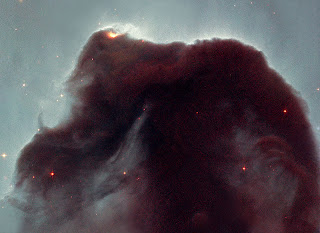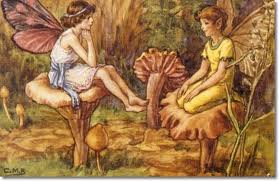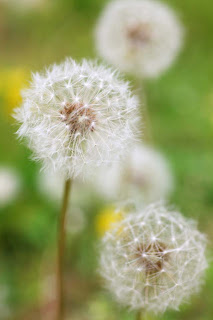 |
| Getting Ready for the Fairy Ball by Ida Rentoul Othwaite |
I recently read an old sermon by Serena Castells. It was inspirational. She was able to capture human communication at it's core. She wrote:
When we have an idea that we want to share, what we want and hope for in return isn’t a compliment on how original or wise it was. What we want is to be understood. We want reflections of our ideas offered back to us in response. We want people to feel the same way, and share their own ideas that relate to ours.
I am writing this blog to find and define my own spiritual beliefs. It helps me to figure it out for myself by simply writing it down. However, my biggest hope is that by sharing my blog, I'm able to show my readers that my ideas relate to theirs, and also that theirs relate somehow to mine. This desire to be reflected is probably the reason why most art, music, and literature is created. As Castells put it:
There are countless artists, writers, and musicians whose work is mostly autobiographical. Though they speak of their own thoughts, fears, and loves, their audience relates to their work on a deeply personal level.
Through such arts humanity is able to be reflective of itself through time. Long dead poets remain relevant and reflective to people today.
It's beautiful that humanity wants to share their experiences and be understood by one another. I wish I did a better job of understanding others, and them me, or perhaps just that I was better at
communicating to others that I understand them, and that they were better at communicating that they understand me as well. Although I read many blogs, I rarely ever comment or otherwise (as Castells may say) echo their ideas. Even when talking to people directly I find it difficult to show how I relate to them.
There is a quote, which the source in unknown, that says, "Every time a story is told, a fairy is born." Its a beautiful quote. The way I believe in fairies, though, fairies aren't born; they just exist. I do believe that through sharing our stories, whether they be joyful or sorrowful, humanity is able to find their own fairies, by simply reflecting off of eachother. Let us encourage each other to find humanity's fairies through the sharing our stories.









